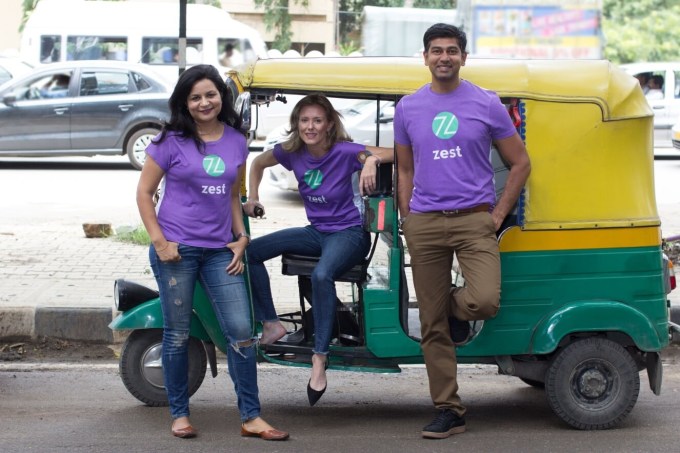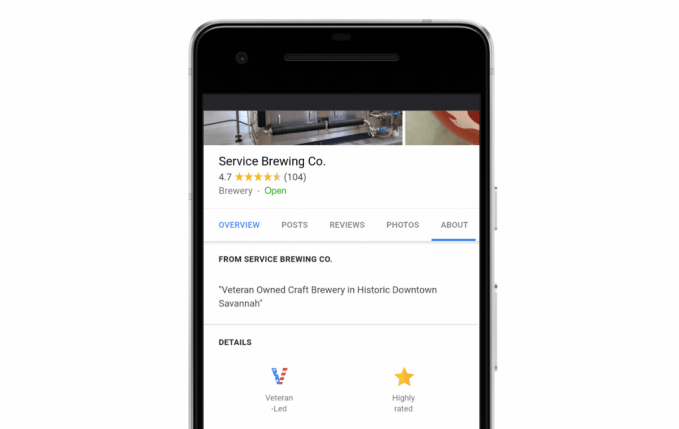Xiaomi has continued its investment in India after it led a $13.4 million round for fintech startup ZestMoney.
The newly-public Chinese firm previously said it would invest up to $1 billion in India and Indian startups over a five-year period, and this deal follows its maiden India fintech investment in lending platform KrazyBee.
The new capital is an extension to ZestMoney’s recently closed $6.5 million Series A, and it takes the company to $22 million raised to date. Existing backers PayU, Ribbit Capital and Omidyar Network joined Xiaomi in this ‘Series A2’ round.
ZestMoney was founded in 2015 by British entrepreneur Lizzie Chapman, who moved to India in 2011 to head up payday loan startup Wonga’s division in the country. Wonga — which is reportedly close to shutting down — didn’t ultimately pursue that opportunity. After a spell consulting, Chapman reunited with her former Wonga India colleagues Ashish Anantharaman and Priya Sharma and the trio launched ZestMoney.
Despite close ties to Wonga, it’s fair to say that ZestMoney comes at the problem of consumer loans from a totally different direction.
Payday loan companies have (rightly) come under fire for restrictive terms and a business model that is most lucrative when customers pay back late or default on loans.
In contrast, ZestMoney — and other loan services across Asia — are much more consumer-centric. That’s to say that the businesses monetize when consumers pay back their loans, while terms are considerably more customer friendly.
“New age fintech is much more optimistic” than what’s come before, Chapman told TechCrunch in an interview. “The thesis is ‘Behave well and do good things and you’ll get cheaper pricing.'”

ZestMoney Founders (left to right) Priya Sharma, Lizzie Chapman, and Ashish Anantharaman
The startup also works with banks, rather than against them.
That makes plenty of sense because the idea of giving microloans runs counter to any kind of orthodox thinking at banks in India. Loans of $200-$300 are too small to yield any significant revenue, and banks aren’t in a position go out there and attract thousands of small loans customers that would make it viable.
Then there’s the issue of data. It simply doesn’t exist in the same way it does in the U.S, UK and other Western markets. Few consumers have a credit score, which in conventional banking terms would mean lenders are taking a stab in the dark backing them.
That explanation plus the low volume explains why banks don’t offer the services themselves, but it also goes somehow to understanding why startups like ZestMoney can.
They can essentially act like a funnel for banks, bringing in significant volumes of micro-loan customers by specializing on that area of financing. In ZestMoney’s case, that’s 200,000 applications per month. While by focusing on financial support for single-purchase items — Chapman said electronics, education and learning, and vacations are among the top reasons for loans — the service encourages repeat customers, which in turn provides data which can help vet potential loans.
Added to that, it is also in the common interest within the tech ecosystem to encourage more flexible financing.
Companies like Amazon and Flipkart, which are keen to tap the growth potential of India’s 1.3 billion population, acknowledge that more flexible payment solutions are necessary when the average salary is orders of magnitudes lower than say the U.S. That’s why these e-commerce companies and others work with ZestMoney to subsidize many of the costs around loans. The startup passes that on to consumers, meaning that, often, they get attractive interest-free rates on big-ticket items likes phones or computers.
Chapman concedes that this situation won’t last forever, but she said it helps gain initial reach among some new users and encourage repeat business from existing customers.
Indeed, Xiaomi and ZestMoney have collaborated in a similar way before.
The Chinese firm tapped the startup one year ago to develop its Mi Finance service for Xiaomi customers in India. That relationship, which Chapman said included reciprocal learnings on both sides, led to this week’s investment deal.
ZestMoney is eying a larger round of funding soon as it aims to ramp up its business, and particularly technology. Chapman said the firm is focusing on AI and facial/voice recognition which she believes will enable her company to go beyond tier-one cities in India and reach those who are less comfortable with English and are less experienced in using the internet and digital services.






